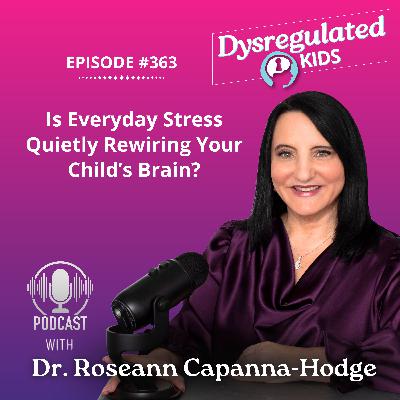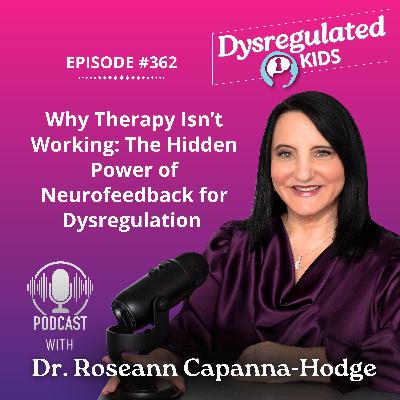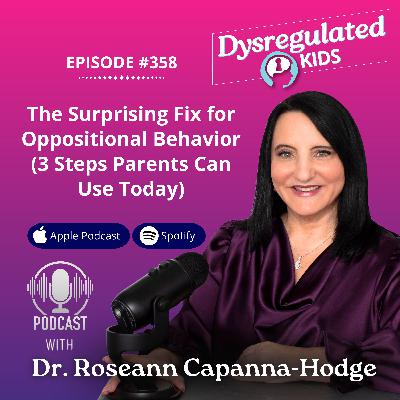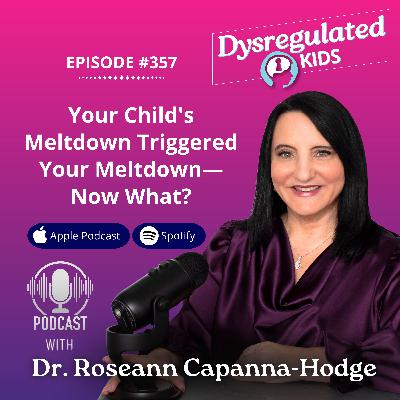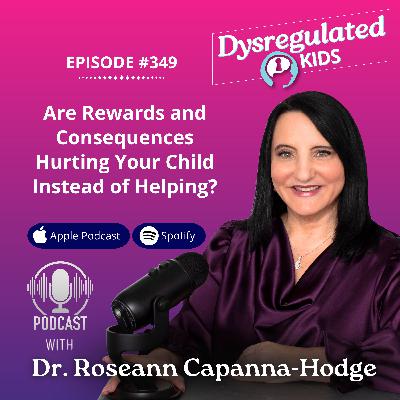352: Why Lyme Tests Fail: What to Do When Bloodwork Looks Clear with Dr. Bill Rawls
Description
Parenting a child who’s struggling with mysterious symptoms can be frightening and exhausting. You bring them to the doctor, the tests come back “normal,” and yet you know something isn’t right. You’re not imagining it—it’s real, and you’re not alone.
In this episode, Dr. Bill Rawls explains why Lyme disease testing often misses active infections, what it means for your child, and practical steps parents can take to advocate for accurate diagnosis and care.
Why does my child keep testing negative for Lyme disease even when symptoms persist?
- False negatives are common: Many Lyme disease tests, like the ELISA (enzyme linked immunoassay) or Western blot, rely on antibodies that may not appear early or consistently.
- Early infection can be invisible: During the initial infection or early Lyme disease, the immune system may not have produced enough detectable antibodies for serologic testing.
- Co-infections complicate results: Other tick-borne illnesses can mask or mimic Lyme disease symptoms, making accurate diagnosis even harder.
- Persistent or chronic infections: Sometimes, persistent infection or chronic Lyme can continue even after a negative test. Clinical findings, medical history, and physical examination help guide your provider toward the right diagnosis of Lyme disease.
It’s not bad parenting—it’s a dysregulated system of testing, not a failure of your vigilance.
Even when bloodwork looks clear, your child may still have an active infection. Understanding test limitations helps reduce frustration and empowers you to take action.
How can I tell if Lyme disease is being missed in my child?
- Watch for persistent, nonspecific symptoms: Fatigue, joint pain, headaches, or cognitive changes can appear long before tests turn positive.
- Consider medical history and exposure: Tick bites, outdoor activities, or living in endemic areas provide important clues.
- Use clinical judgment alongside lab tests: A single blood test rarely tells the full story; doctors often need multiple tests and examinations.
You don’t have to wait for a positive blood test to validate your child’s suffering.
Ready to help your child calm down quickly and regain control? Start using Quick Calm today and discover simple, science-backed strategies to regulate their nervous system.
What are the limitations of standard Lyme disease testing?
- ELISA and Western blot tests measure antibodies, not bacteria directly: If your child’s immune system hasn’t produced detectable antibodies, the test can look clear.
- False positives and delayed diagnosis are common: Inaccurate results can delay treatment, allowing Lyme bacteria to persist and cause chronic symptoms.
- Tests vary in performance: Different labs, methods, and timing of testing affect results.
Let’s calm the brain first—then focus on gathering the right information without panic.
Want to stay calm when your child pushes every button?
Become a Dysregulation Insider VIP and get the FREE Regulation Rescue Kit—your step-by-step guide to stop oppositional behaviors without yelling or giving in.
Go to www.drroseann.com/newsletter and grab your kit today.
What should parents do if Lyme disease tests come back negative?
- Keep a detailed symptom log: Track fatigue, joint pain, rashes, and cognitive changes over time.
- Seek a clinician experienced in tick-borne diseases: They can interpret tests in context and consider direct testing or second opinions.
- Explore immune support and safe treatment options: Early interventions, supportive care, and monitoring can reduce long-term effects.
🗣️ “Lyme disease testing is far from perfect, and many patients—especially children—can have persistent symptoms despite “normal” bloodwork.” –Dr. Roseann
Understanding test limitations, recognizing early signs, and advocating for comprehensive evaluation can make all the difference.
Remember, behavior is communication—if your child is struggling, their symptoms are speaking. Trust your instincts, seek knowledgeable guidance, and support your child’s immune system along the way.
Feel like you’ve tried everything and still don’t have answers?
The Solution Matcher helps you find the best starting point based on your child’s symptoms, behaviors, and history.
It’s fast, free, and based on decades of clinical expertise.
Get your personalized plan now at www.drroseann.com/help
FAQs
Why do Lyme tests fail even when my child is sick?
False negatives are common. Early infection may not trigger enough detectable antibodies, and co-infections can mask symptoms. It’s not bad parenting—it’s a dysregulated system of testing, not a failure of your vigilance.
Can my child have Lyme disease if the blood test is negative?
Yes. Many children show persistent symptoms despite clear bloodwork. Understanding test limitations helps reduce frustration and empowers parents to seek further evaluation or monitoring.
How soon after a tick bite should testing be done?
Testing too early can yield false negatives. The immune system may not yet produce detectable antibodies, so timing and repeated clinical assessment matter for accurate diagnosis.
What are signs Lyme tests might miss?
Persistent joint pain, fatigue, or nonspecific symptoms like headaches may appear even if tests are negative. Observing patterns and your child’s overall health is key.
Should I worry about co-infections?
Yes. Other tick-borne illnesses can complicate results, mimicking or masking Lyme disease. Monitoring symptoms and working with a knowledgeable healthcare provider ensures proper care.


